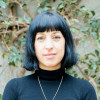
María Cecilia Foundation: improving the lives of families affected by childhood cancer
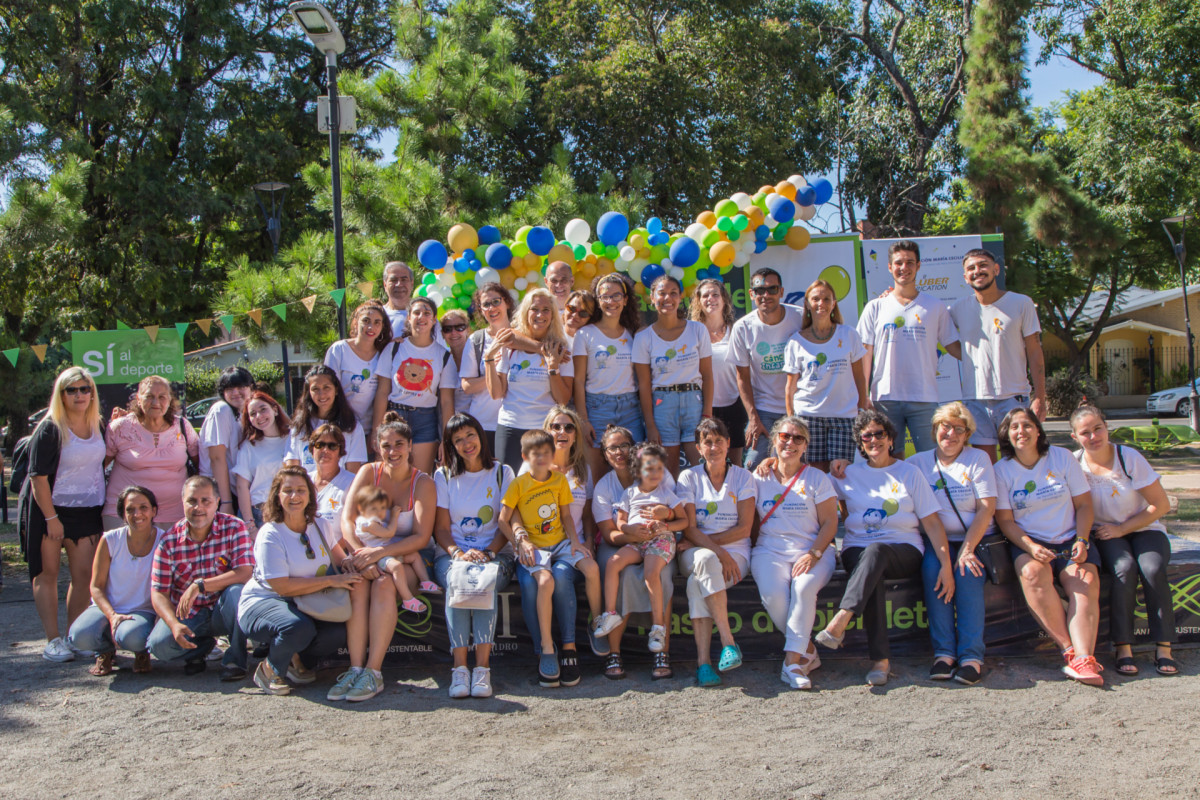
The María Cecilia Foundation was established in 1991 by a group of parents of children diagnosed with cancer. Through their experiences, they envisioned to give life to an organization that could help and attend other families who were going through the same situation. Its name comes from María Cecilia Trotta, a young girl who died of acute lymphoblastic leukemia that same year and whose parents were highly involved from the beginning in the development of the foundation..
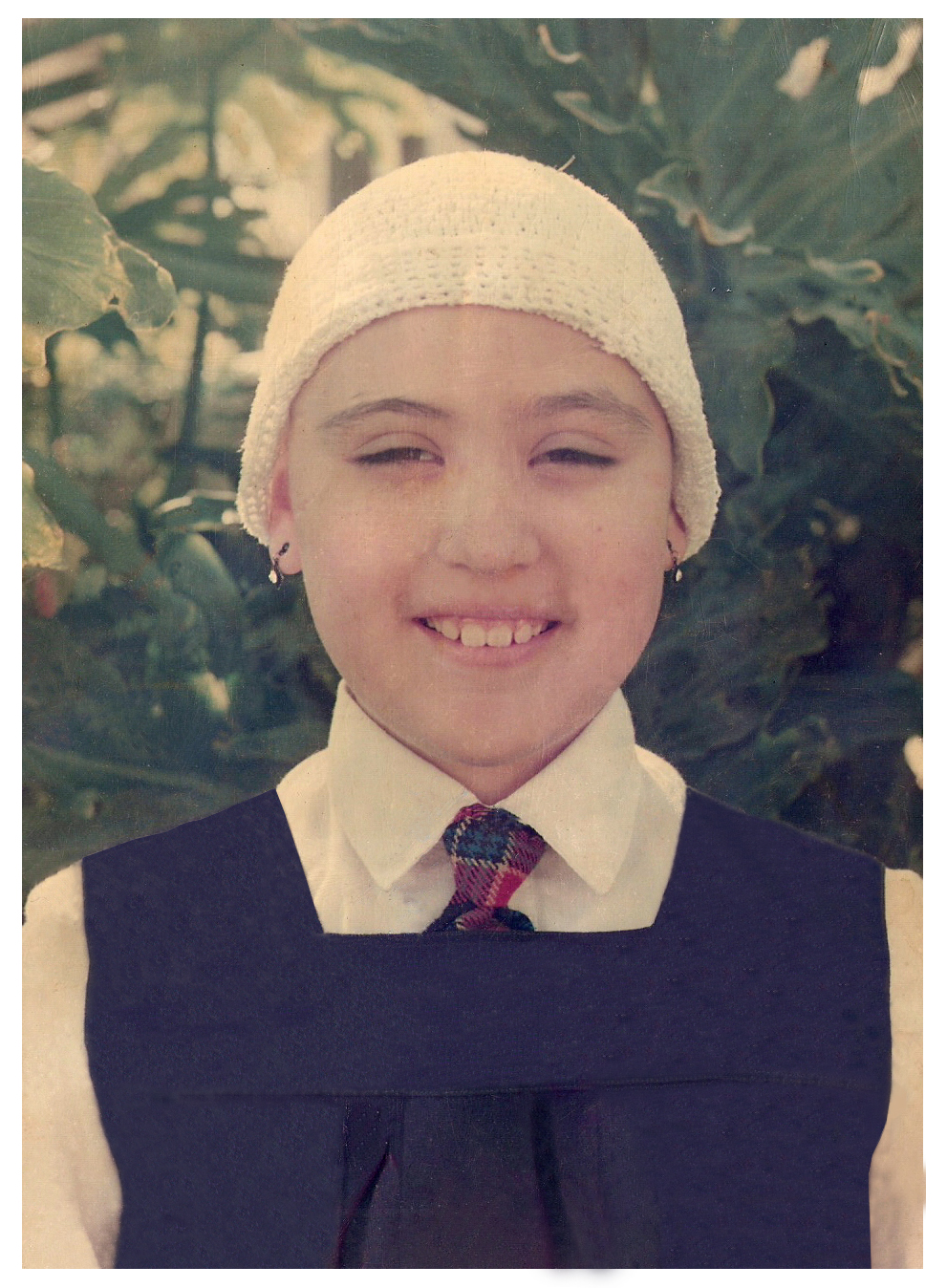
In 1994 the foundation signed an institutional alliance with the San Isidro Maternal and Child Hospital, thus creating the first hematology-oncology service within the Northern Metropolitan Area of Buenos Aires (Argentina). It also was the first comprehensive and free hematology-oncology service within a public body in South America. At that time, María Cecilia Foundation became a reference association in Argentina for families affected by childhood cancer.
The mission of the María Cecilia Foundation, in the words of Alejandra Pagani — fundraising manager— , is “Heal, relieve and assist. The foundation provides treatment to low-income children in the Northern Metropolitan Area of Buenos Aires, raises awareness about childhood cancer and works for a world in which all children and adolescents have the same opportunity of receiving the best treatment and care for treating a disease as harsh as cancer"
Features and services of the María Cecilia Foundation
The María Cecilia Foundation does not focus only on hematological-oncological tumours; it helps children with all types of tumours. Currently, most of the affiliates come from the Northern Metropolitan Area of Buenos Aires, but the foundation also assists patients from other Argentinian provinces and even from other countries.
The organization is composed of a steering board, three staff members and it also has its own medical staff. "We have three locations", says Alejandra. “The main one is in the Maternal and Child Hospital, where children and adolescents receive their treatment. We also have a Solidarity Fair in front of the hospital, where families receive food and financial assistance if they need it”.
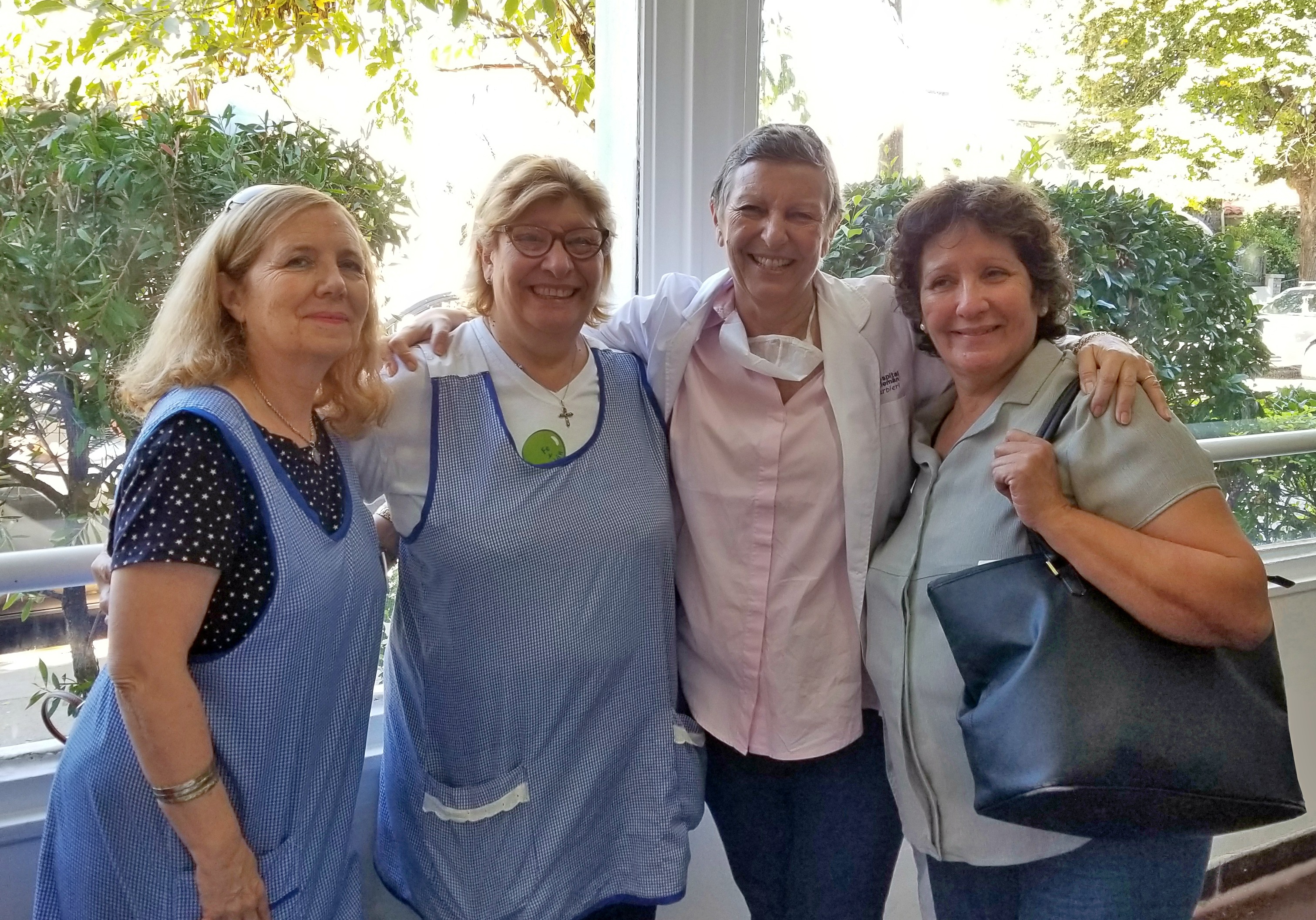
Children receive their treatment through the foundation's medical team, consisting of an oncologist, a haematologist, a paediatrician and a psychologist. "We also have a great team of volunteers who assist patients and their families in different areas: provision of food and medication, games and creativity and preparation and delivery of breakfast and snacks," adds Alejandra.
The most common requests received by the foundation are about financial resources and food. Most of the families have very low incomes and cannot afford the costs of the treatments and medical services.
Collaboration with Share4Rare to investigate childhood acute lymphoblastic leukemia
The María Cecilia Foundation, like the Natalí Dafne Flexer Foundation, collaborates with the CLOSER project and Share4Rare in a study focused on childhood acute lymphoblastic leukemia (ALL). “It is the first time that the foundation is invited to participate in an international research project, so it is a compliment to be part of CLOSER and Share4Rare," says Alejandra. “We consider this a unique opportunity to present our history and the work we do on a daily basis. It is a privilege to be able to contribute with our experience on the social and medical areas”.
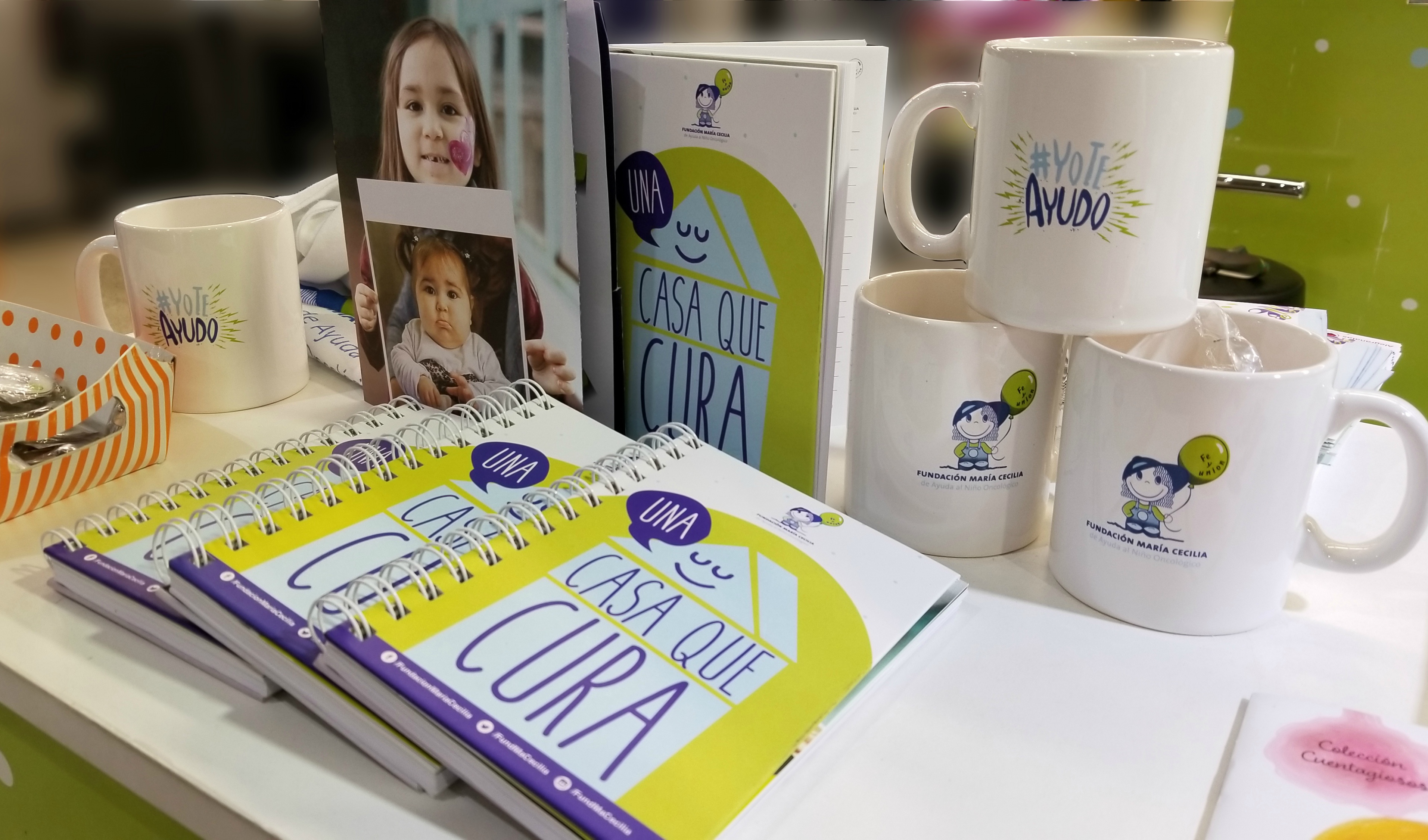
When asked about the benefits that this study could bring to ALL patients and families, Alejandra refers to the prevention of some pathologies associated with the treatment of the disease. "As the objective of the project is to prevent adverse effects of the leukemia treatments, the results of the study can help to minimize bone deficits and cardiac effects of drugs, improving the quality of life of these boys and girls in the present and future”.
